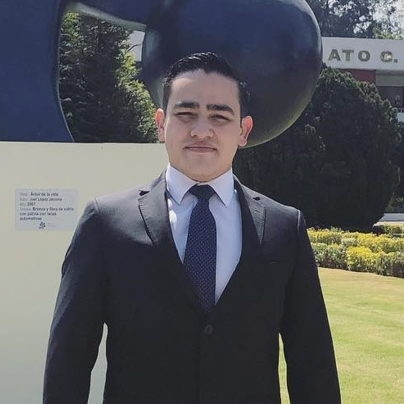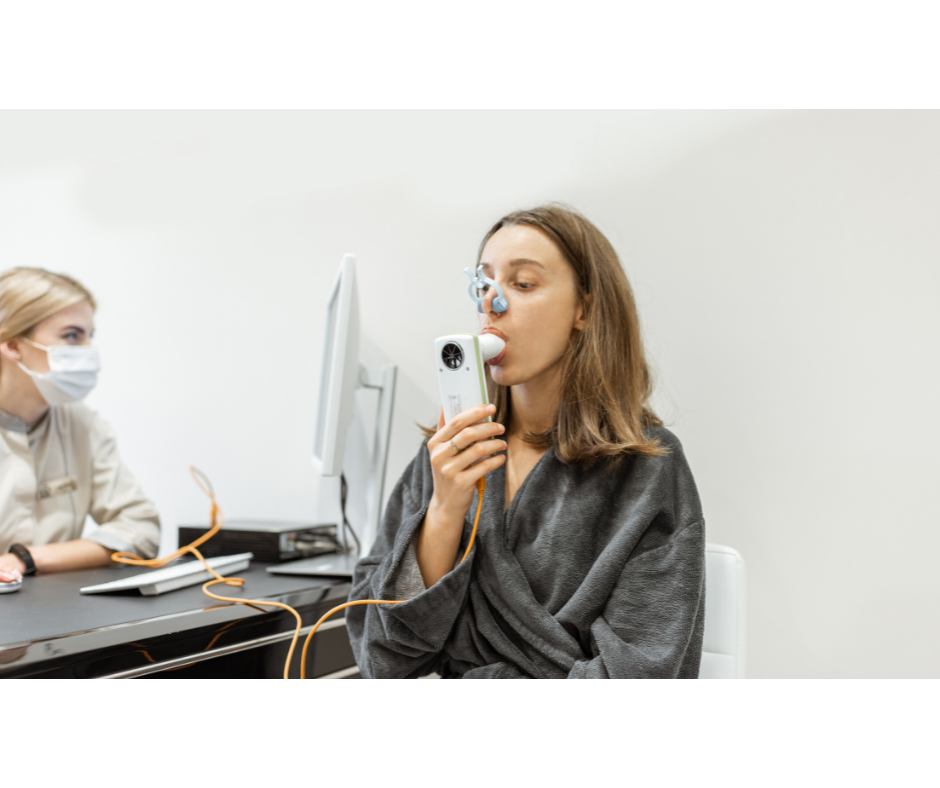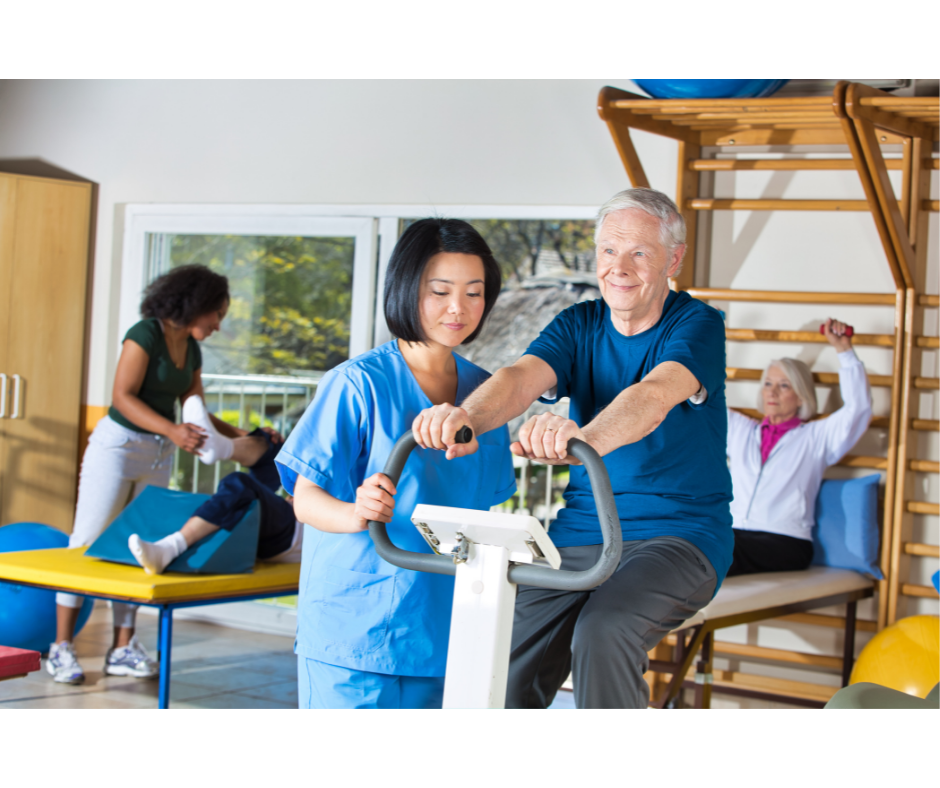Pulmonology – Understanding COPD
What is COPD?
COPD is defined by the Global Initiative for Chronic Obstructive Lung Disease (GOLD) as a very common, preventable and treatable disease characterized by persistent respiratory symptoms and airflow limitation. and/or changes in the alveoli of the lungs usually caused by exposure to noxious particles or gases. This contributes to the constant inflammatory state of the lung tissue and its subsequent damage and complications.
What symptoms does the patient with COPD present?
The typical patient with COPD presents various complaints and usually a very marked sedentary life. Among the symptoms that the patient may present is respiratory difficulty with physical exertion, cough with phlegm, fatigue, etc.
How do we diagnose it?
In patients with mild disease, the physical examination of the lung field is usually normal, which is why it is necessary to include studies that help us identify and stage the disease.
One of the main tools is spirometry, which should be performed on each patient who presents symptoms suggestive of COPD and who also has a history of risk factors such as smoking.
If the spirometry results are abnormal, the next step will be to perform a chest X-ray to look for lung injuries and stage their damage. If the radiograph is abnormal, we must perform a computed tomography to have a clearer view of the damage found on the radiograph and thus better define the treatment.
After the studies, the interrogation and the physical examination, your pulmonologist will determine the seriousness of the case to go to the next step, which will be the treatment and management.
How is COPD treated?
The treatment is based on 4 pillars: Medications, Oxygen, Pulmonary Rehabilitation and Surgical Procedures.
On the medication side, we find the inhaled ones, the most used, which help to combat the obstruction of the lungs, which are usually prescribed once a day, these are found in a wide variety of formulations, but your pulmonologist will be in charge of finding the best for your illness. Corticosteroids in pill form can also be used to fight inflammation in the lungs.
In the event that lung function worsens, it will be necessary to use supplemental oxygen which, depending on your needs, will be used at all hours or only at specific times of the day.
Pulmonary rehabilitation is currently underestimated and is one of the most important pillars of treatment, with it you can improve your lung capacity and improve your quality of life. If you do not currently have pulmonary rehabilitation advice, exercising or staying active is the easiest way to start rehabilitating your lungs.
Finally, in severe cases, surgeries can be performed where the most damaged lung tissue is removed, leaving only healthier tissue, thus helping to improve symptoms, another option is endobronchial valves, which are tubes that are placed in the clogged bronchi. so that they can open up so that air can reach healthy parts of the lung.
Remember that you must be evaluated and receive continuous follow-up by your specialist doctor, at Doctor At Home PV we have the Pulmonologist Abraham Blas, one of the best pulmonologists in Puerto Vallarta, in addition to the spirometry service at home, so that your specialist doctor has more information about your lungs and can give you the best possible treatment.

Schedule your appointment with Dr Abraham Blas here









